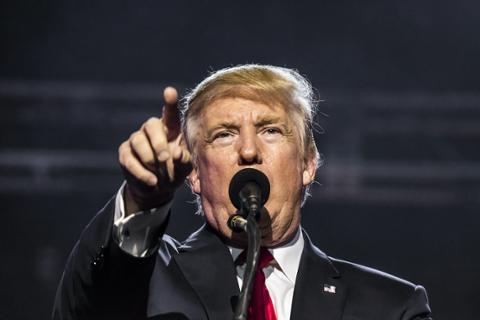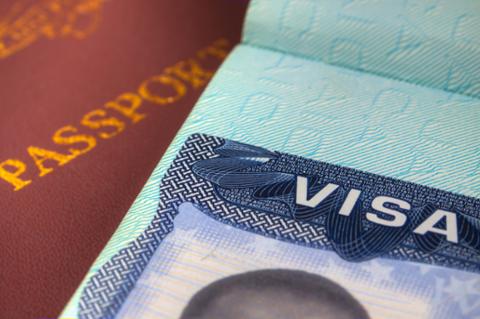For years, critics of the H-1B system have argued that tech companies use the visa to replace American workers. Now, the Department of Labor (DOL) is spinning up a program designed to replace H-1B workers sourced from overseas with homegrown equivalents.
The H-1B One Workforce Grant Program will offer $150 million to businesses, nonprofits, industry and trade associations, and training providers (such as community colleges) to “provide individuals in their communities with skills necessary to advance career pathways to employment in middle- to high-skilled H-1B occupations within key industry sectors.”
“In the current job environment, it is critical that local organizations work as one instead of independent parts of a process,” John Pallasch, the DOL’s Assistant Secretary for Employment and Training, wrote in a statement accompanying the announcement. “Our goal is to create seamless community partnerships to build career pathways for local job seekers to enter middle- to high-skilled occupations in cyber security, advanced manufacturing, and transportation sectors.”
Eligible participants must be “at least 17 years old” and “not currently enrolled in secondary school within a local educational agency.” The DOL cited unemployed individuals, workers who want to update their skills, veterans, and military spouses as particularly desirable.
The U.S. government has been tightening its restrictions on the H-1B visa over the past several months. Earlier in September, for example, the Department of Homeland Security (DHS) submitted a notice to the Office of Management and Budget (OMB) that it would “revise the definition of specialty occupation to increase focus on obtaining the best and the brightest foreign nationals via the H-1B program, and revise the definition of employment and employer-employee relationship to better protect U.S. workers and wages.”
That’s in addition to President Trump’s recent executive order temporarily banning H-1Bs. Pair that with a substantial adjustment to H-1B fees, and it’s clear that the Trump administration is making good on its promise to adjust the nature of the visa after years of small steps.
Cumulatively, these policy tweaks are having a real-life impact, at least if you go by the rising rate of H-1B application and renewal denials. This workforce grant program could also have a significant impact on the outsourcing and business-services firms that heavily leverage the H-1B to provide subcontractors to companies. But the true long-term future of the visa, of course, will hinge on the results of November’s election.



